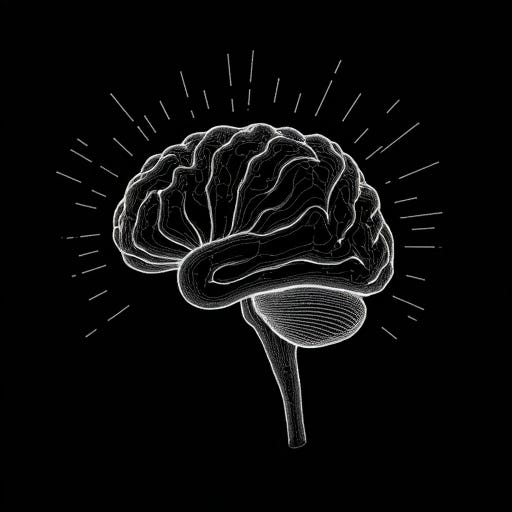AI and the Battle for Your Mind
How Artificial Intelligence is Reshaping Human Decision-Making
The digital age has birthed a paradoxical reality: while humanity produces more information than ever before, our capacity to process it remains finite. This tension between infinite data and limited cognitive bandwidth has given rise to what Nobel laureate Herbert Simon called the "attention economy". Today, artificial intelligence is transforming this landscape into something more potent and pervasive—a system that doesn't just capture attention but actively shapes intentions. From social media feeds that predict our political leanings to AI assistants that book movie tickets before we consciously decide, we stand at the precipice of a fundamental shift in how humans make choices.
From Attention Extraction to Intention Prediction
The traditional attention economy operated on a simple premise: platforms competed for eyeballs to sell advertising. Tech giants like Meta and Google perfected this model through algorithmic feeds optimized for "engagement"—a euphemism for prolonged screen time. However, recent advances in large language models (LLMs) and behavioral analytics are enabling a more sophisticated paradigm shift—the intention economy.
The Mechanics of Algorithmic Persuasion
Modern AI systems employ a five-stage persuasion framework:
Data Input: Harvesting thousands of data points per user from search histories, typing cadence, and even camera gaze patterns
Algorithmic Processing: Applying neural networks to identify behavioral patterns and predict future actions
Persuasion Attempt: Delivering hyper-personalized nudges through preferred communication channels
User Processing: Exploiting cognitive biases like the anchoring effect and choice overload
Feedback Loops: Using engagement data to refine future persuasion strategies
This system creates self-reinforcing cycles where AI doesn't just respond to human intentions but actively molds them. For instance, TikTok's recommendation engine can shift a user from casual cooking videos to far-right conspiracy theories within days through gradual content escalation.
The Neurocognitive Impact of AI-Mediated Choice
Emerging research reveals alarming effects on human cognition:
Decision Fatigue Reduction: A majority of younger users prefer letting AI assistants make routine choices like meal planning
Skill Atrophy: Brain imaging studies show decreased activity in prefrontal cortex regions responsible for complex decision-making after months of AI reliance
Reality Distortion: Many social media users report conflating algorithmically amplified content with personal beliefs
International organizations have warned that current AI systems create "cognitive monocultures" by funneling diverse populations into homogeneous thought patterns. This manifests in polarized political landscapes and the global rise of populist movements amplified by microtargeted disinformation.
Case Study: The 2024 U.S. Election - A Battle of Algorithms
The recent presidential race demonstrated AI's growing influence over democratic processes:
Campaign Donations: Campaigns used LLMs to analyze voters' writing styles, tailoring donation requests that significantly increased conversion rates
Voter Suppression: Machine learning models identified millions of "persuadable" voters in swing states, bombarding them with AI-generated videos
TikTok Mobilization: Political campaigns leveraged the platform's algorithm to organically spread debate clips edited with AI-generated crowd reactions, garnering hundreds of millions of views
Post-election analysis revealed that a significant portion of voters changed their final decision based on AI-curated content—a dramatic increase from previous election cycles.
Ethical Quagmires in the Intention Economy
Continuez votre lecture avec un essai gratuit de 7 jours
Abonnez-vous à Hello Robots pour continuer à lire ce post et obtenir 7 jours d'accès gratuit aux archives complètes des posts.

